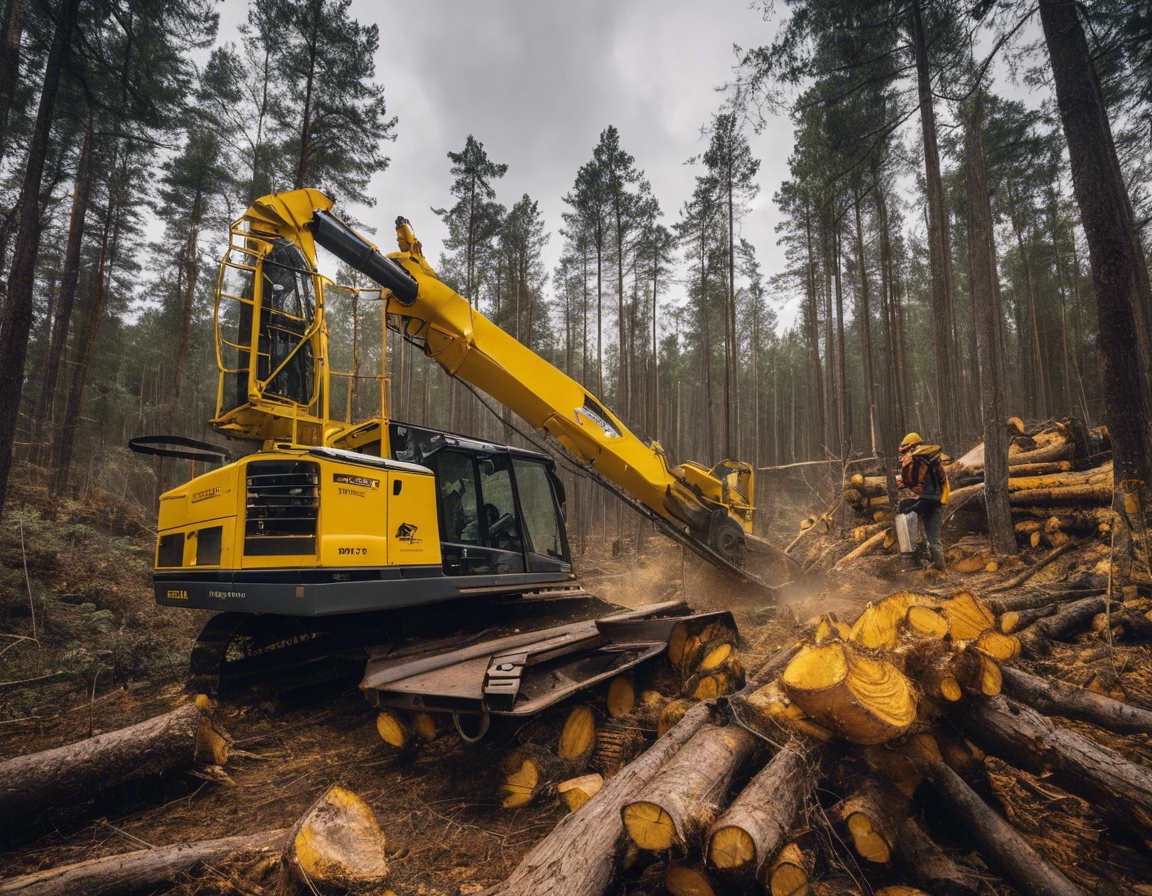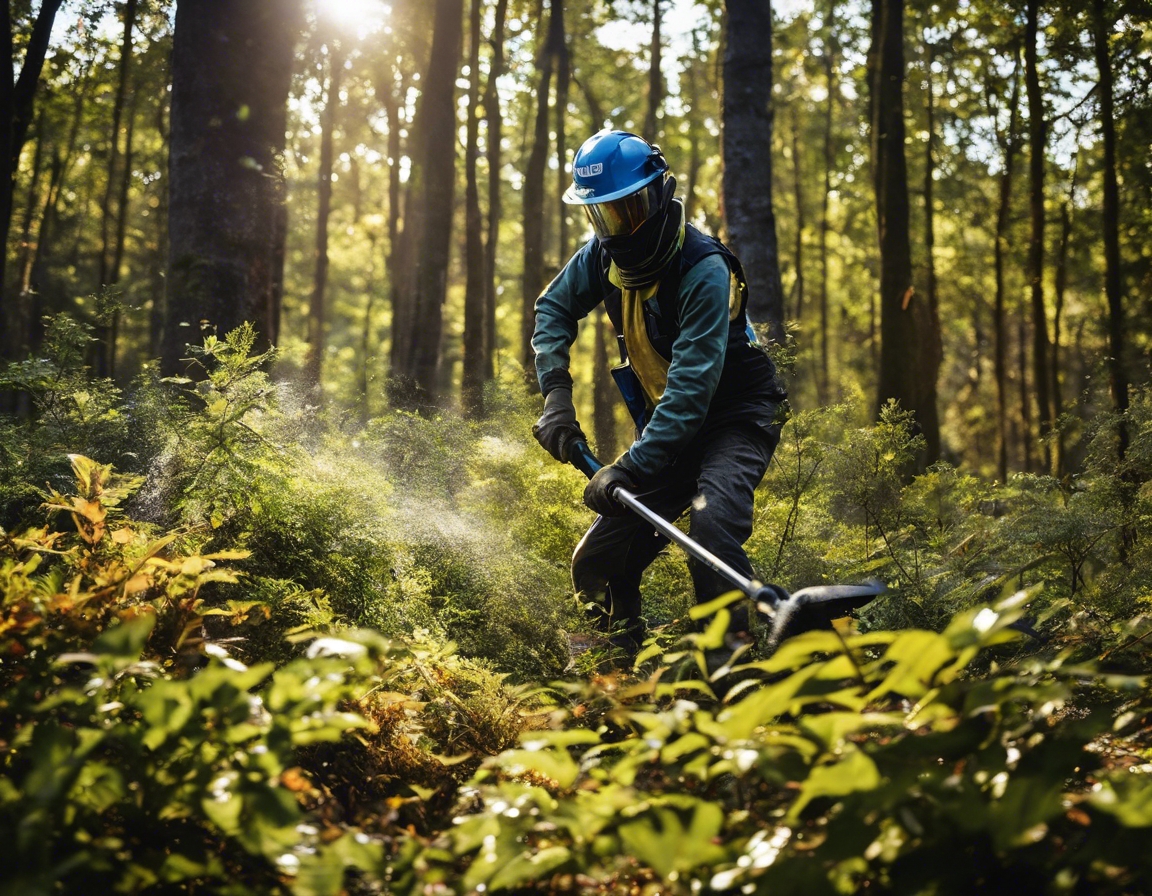How to maximize your forest's economic potential
To maximize your forest's economic potential, begin by assessing the timber resources available. This involves inventorying the types of trees, their age, size, and health. Understanding the volume and quality of timber can help in planning sustainable harvesting and estimating potential revenue.
Forests offer more than just timber. Non-timber resources such as medicinal plants, mushrooms, and wildlife can also contribute to your forest's economic value. Identifying these resources and understanding their market potential is crucial for diversifying income streams.
Sustainable Forest Management Practices
Sustainable forest management ensures that your forest remains productive and healthy for future generations. It involves balancing ecological, economic, and social factors to maintain forest resources.
Implementing techniques such as selective logging, clear-cutting with retention, and shelterwood cutting can help maintain forest structure and biodiversity while allowing for economic gain.
Enhancing Forest Productivity
Healthy soil and water systems are vital for forest productivity. Practices such as maintaining riparian buffers, controlling erosion, and enhancing soil fertility can significantly improve forest growth and yield.
Regular monitoring and management of pests and diseases are essential to protect your forest's health. Integrated pest management strategies can help minimize damage and maintain productivity.
Diversifying Income Streams
Exploring non-timber forest products (NTFPs) such as nuts, berries, and resins can provide additional income. These products often have niche markets and can be harvested sustainably alongside timber.
Developing eco-tourism and recreational activities like hiking, bird watching, and camping can attract visitors and generate revenue. These activities should be planned carefully to minimize environmental impact.
Navigating the Market
Staying informed about market trends and demands is crucial for maximizing profits. This includes understanding the pricing of timber and NTFPs, as well as identifying emerging markets.
Establishing strong relationships with buyers and industry stakeholders can lead to better market access and pricing. Networking and participating in industry events can help build these connections.
Legal and Financial Considerations
Compliance with local, national, and international forestry regulations is essential. Understanding these laws can prevent legal issues and ensure sustainable practices.
Effective financial planning, including budgeting and investment in forest management, can enhance economic returns. Consider consulting with financial advisors specializing in forestry.
Leveraging Technology in Forestry
Geographic Information Systems (GIS) and remote sensing technologies can provide valuable data for forest management. These tools help in mapping, monitoring, and analyzing forest resources efficiently.
Precision forestry involves using technology to optimize forest operations. This includes using drones for aerial surveys, GPS for navigation, and data analytics for decision-making, leading to increased efficiency and productivity.






Comments (0)